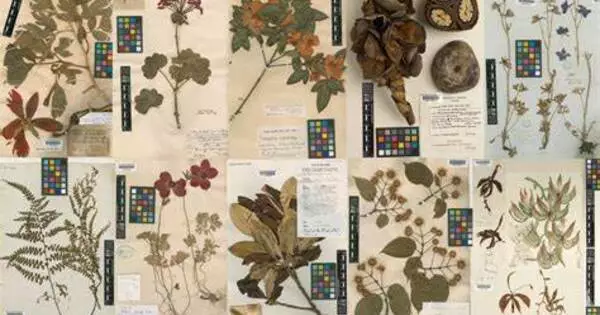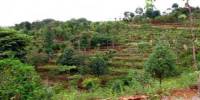Herbarium conservation and restoration encompass the preventive care, repair, and restoration of herbarium specimens. These are critical for preserving botanical specimens for scientific research, education, and historical documentation. Dried plant specimens are collected from their natural environments, identified by experts, pressed, and mounted onto archival paper.
Herbaria are collections of dried and preserved plant specimens that are useful resources for botanists, ecologists, taxonomists, and other scholars. Proper conservation and restoration processes help to maintain the longevity and utility of these assets. Major morphological traits are carefully displayed. Herbaria documentation serves as a record of botanical diversity.
Registrars, curators, and conservators who work on herbarium collections in universities and museums make judgments about the conservation-restoration of botanical specimens. Water damage, mold, bugs, detached specimens, dust, dirt, and damage from incorrect storage conditions can all affect herbarium specimens. Preventive conservation can mitigate much of the potential damage.
Here are some key considerations and practices for the conservation and restoration of herbaria:
- Climate Control: Maintain consistent temperature and humidity conditions in the herbarium to prevent specimen deterioration. Herbaria should ideally be kept at a temperature of 15-18°C (59-64°F) with a humidity level of 40-50%. To reach these conditions, air cooling and dehumidification equipment may be required.
- Pest Management: Inspect specimens on a regular basis for signs of insect infestations or other pests. To protect the collection, use pest control procedures such as fumigation, freezing, or non-toxic repellents.
- Lighting: Reduce the amount of time the specimens are exposed to natural or artificial light to minimize fading and deterioration. while necessary, utilize low-intensity, UV-filtered lights, and preserve specimens in cabinets or drawers while not in use.
- Proper Storage: Store specimens in acid-free folders or sheets made of archival-quality materials. Acidic materials can deteriorate specimens over time. Cabinets should also be made of non-reactive materials like metal or wood painted with non-acidic paint.
- Handling and Maintenance: Train staff and researchers in proper specimen handling techniques to minimize physical damage. Encourage the use of gloves to prevent contamination. Regularly inspect specimens for signs of damage or deterioration, and conduct necessary repairs or replacements.
- Digitization: Make digital copies of the herbarium collection, including high-resolution photos and data. This reduces physical specimen handling and makes the collection more accessible to a wider audience.
- Documentation: Keep accurate and complete records of each specimen, including the date and location of collection, the collector’s identity, and habitat information. Label items using archival-quality ink and paper.
Herbaria conservation and restoration initiatives are critical to preserving the rich botanical history they represent and furthering our understanding of plant biodiversity and ecology. Herbaria can be useful resources for future generations if certain principles are followed.
















